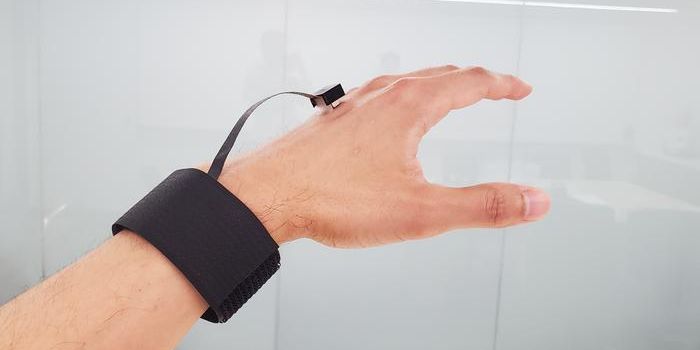Approximately 8 million Americans suffer from nightmares and flashbacks to a traumatic event. While this condition, post-traumatic stress disorder (PTSD), is particularly common among soldiers who have been in combat, it can also be triggered by physical attack or natural disaster.

Studies reveal that trauma victims are more likely to develop PTSD if they have previously experienced chronic stress. A new study from
MIT could explain why. The researchers found that animals who suffered from chronic stress before a traumatic experience engaged a distinctive brain pathway that encodes traumatic memories more strongly than in unstressed animals. Blocking this type of memory formation could lead to a new way to prevent PTSD, said Ki Goosens, the senior author of the study, which appears in the journal Biological Psychiatry and is reported in
Drug Discovery & Development. The paper’s lead author is former MIT postdoc Michael Baratta.
As Goosens, an assistant professor of neuroscience and investigator in MIT’s McGovern Institute for Brain Research, explained, “The idea is not to make people amnesic but to reduce the impact of the trauma in the brain by making the traumatic memory more like a ‘normal,’ unintrusive memory.”
Goosens’ lab is trying to find out why chronic stress is so strongly linked with PTSD. “It’s a very potent risk factor, so it must have a profound change on the underlying biology of the brain,” she said.
The researchers concentrated on the amygdala, an almond-sized brain structure whose functions include encoding fearful memories, and determined that in animals that developed PTSD symptoms following chronic stress and a traumatic event, serotonin promotes the process of memory consolidation. By blocking amygdala cells’ interactions with serotonin after trauma, researchers kept the stressed animals from developing PTSD symptoms, but blocking serotonin in unstressed animals after trauma had no effect.
According to Baratta, “That was really surprising to us. It seems like stress is enabling a serotonergic memory consolidation process that is not present in an unstressed animal.”
Memory consolidation is what converts short-term memories into long-term memories and stores them in the brain. Some are consolidated more strongly than others. “Flashbulb” memories, formed in response to a highly emotional experience, are more vivid and easier to recall than typical memories.
The team further discovered that chronic stress causes cells in the amygdala to express many more 5-HT2C receptors, which bind to serotonin. When a traumatic experience takes place, the heightened sensitivity to serotonin causes the memory to be encoded more intensely, contributing to the strong flashbacks that often occur in patients with PTSD, according to Goosens.
Baratta explained, “It’s strengthening the consolidation process so the memory that’s generated from a traumatic or fearful event is stronger than it would be if you don’t have this serotonergic consolidation engaged.”
Memory consolidation can take hours to days, but once a memory is consolidated, it is very difficult to erase. However, it may be possible to either prevent traumatic memories from forming so strongly, or to weaken them after consolidation, using drugs that interfere with serotonin.
Goosens added, “The consolidation process gives us a window in which we can possibly intervene and prevent the development of PTSD. If you give a drug or intervention that can block fear memory consolidation, that’s a great way to think about treating PTSD. Such an intervention won’t cause people to forget the experience of the trauma, but they might not have the intrusive memory that is ultimately going to cause them to have nightmares or be afraid of things that are similar to the traumatic experience.”









